Botanical name : Beta vulgaris
Common name : Beetroot, Silverbeet, Chard, Swiss Chard, Perpetual spinach, Spinach
Challenging for seed saving
Lifecycle: Biennial
Pollination: Wind pollinated
Mating system: Perfect flowers
Suggested spacing: 60cm to 80cm
Seed specific requirements: vernalisation
Isolation distance: at least 250m
Population size: 20 or more plants
Seed maturity: when the corky seed capsules turn brown
Processing method: Dry, thresh and winnow
Expected seed viability: 5 years
Images
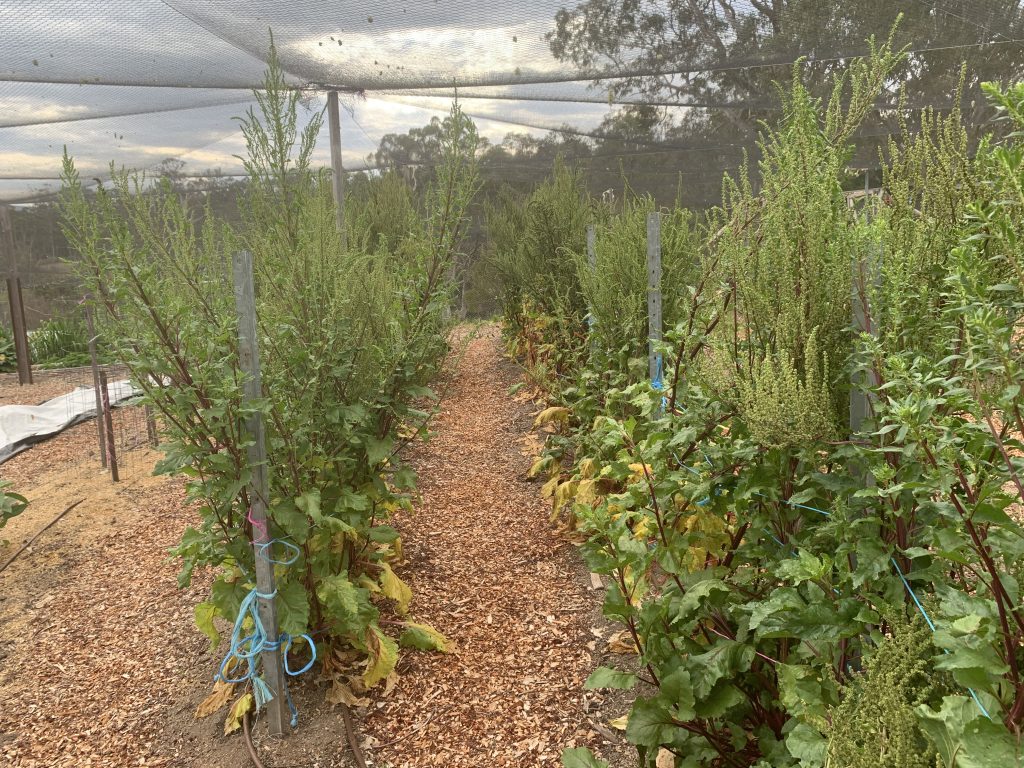
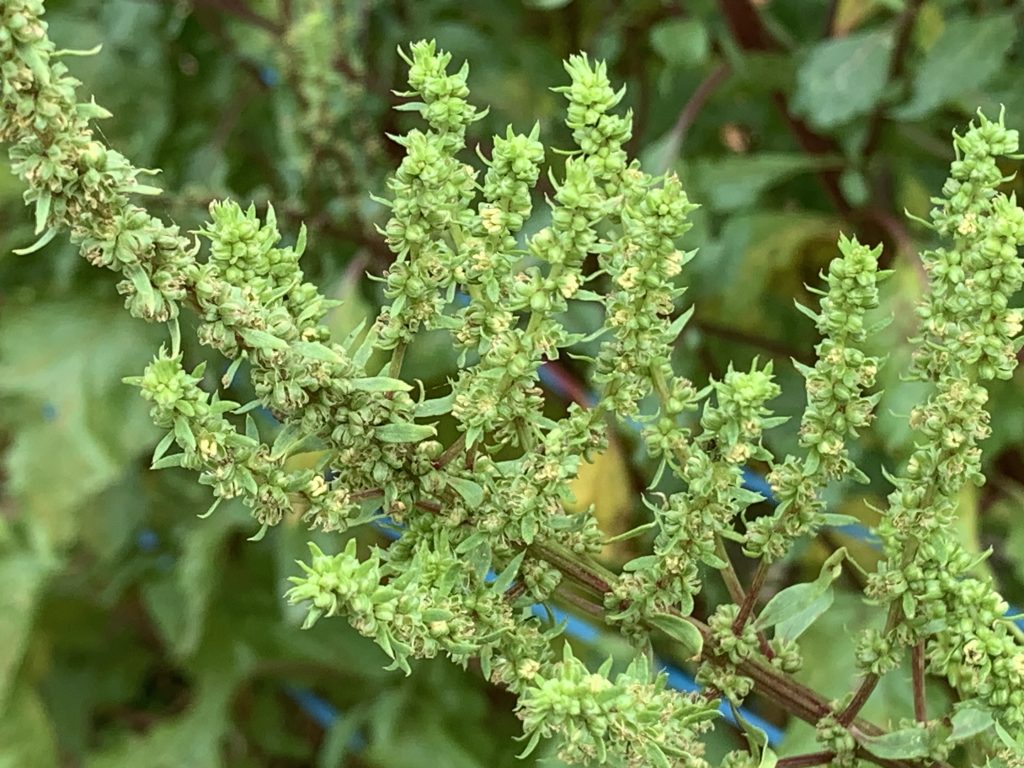
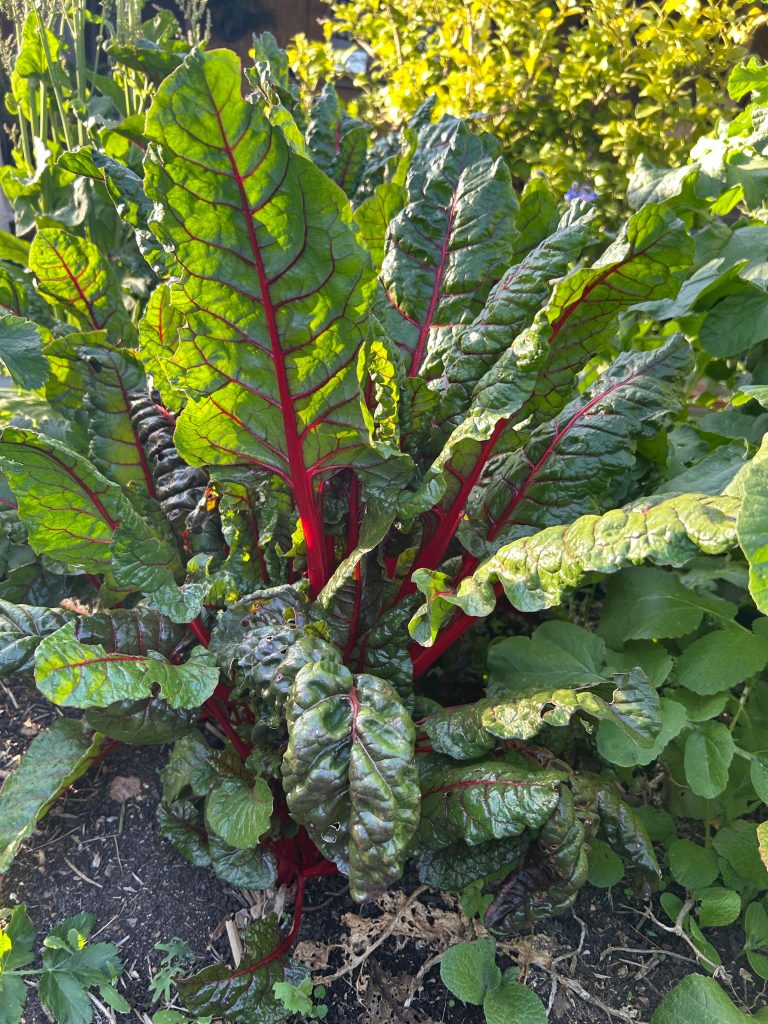
Growing for seed
Silverbeet and beetroot are biennials that require a period of vernalisation to initiate flowering. Varieties adapted to growing and seed saving in Australia can be successfully grown through to seed in much of southern Australia. Areas with a month or more of frosty weather are likely cold enough to initiate flowering. Beetroot and silverbeet can be overwintered in the garden in all growing regions of Australia as temperatures do not get cold enough to winter kill these varieties.
These wind pollinated varieties need to be isolated from other flowering silverbeets, beetroots or chards. The small, light pollen can be easily carried on the breeze for some distance. A minimum of 250 metres isolation distance is recommended. Wind breaks or intervening structures may also help to block pollen transfer.
Selection
Beetroots can be treated in the same way as carrots and dug up mid-winter to allow them to be examined for the traits being selected for. Silverbeet varieties are only selected on leaf form may be left to grow in the ground through winter.
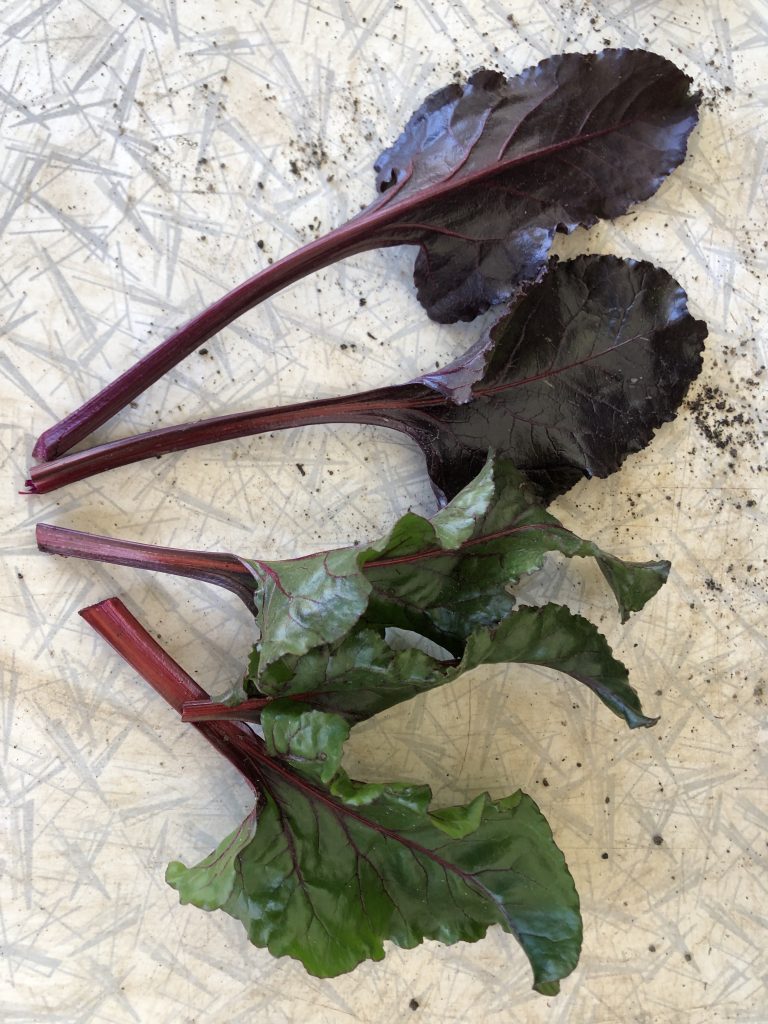
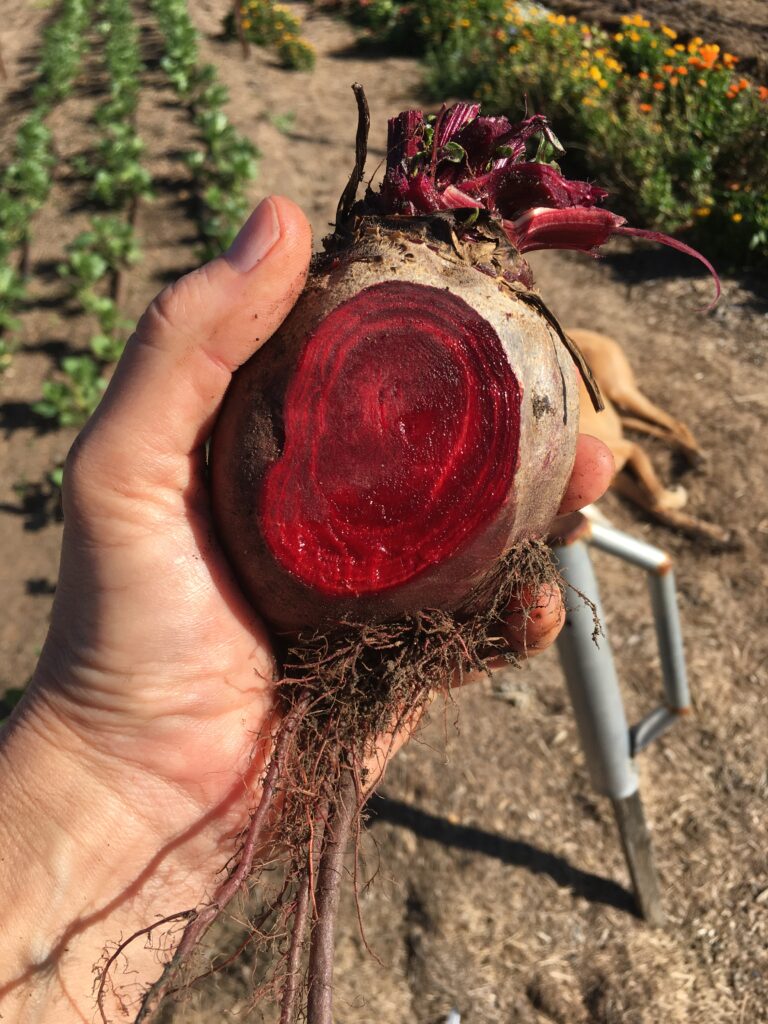
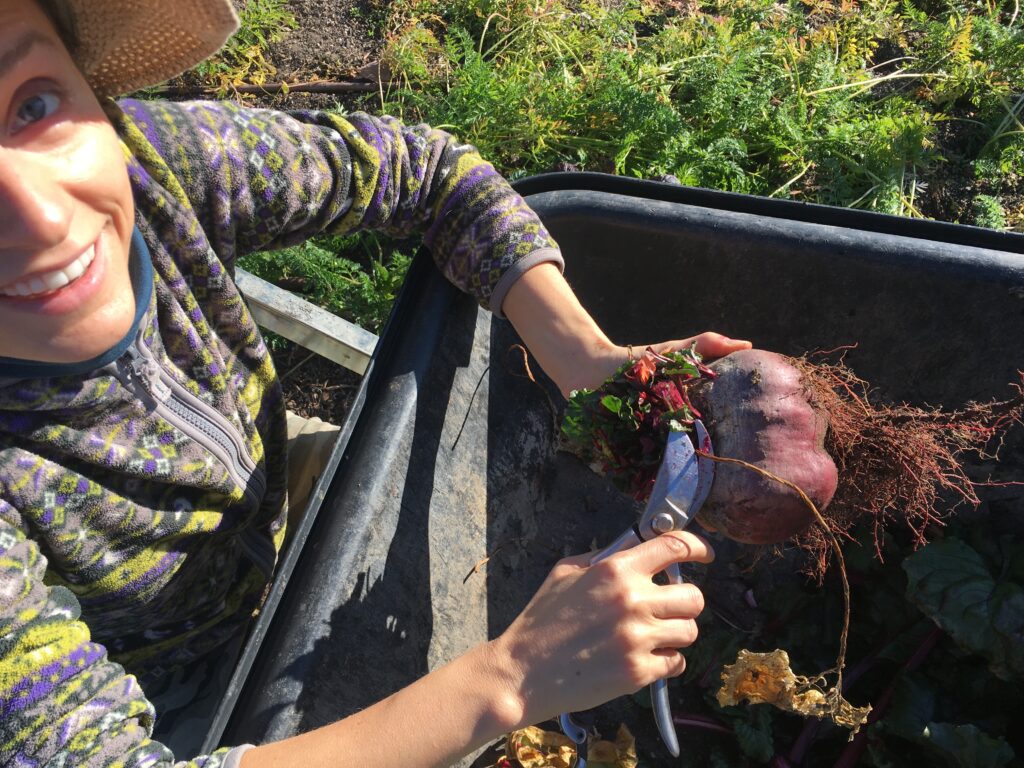
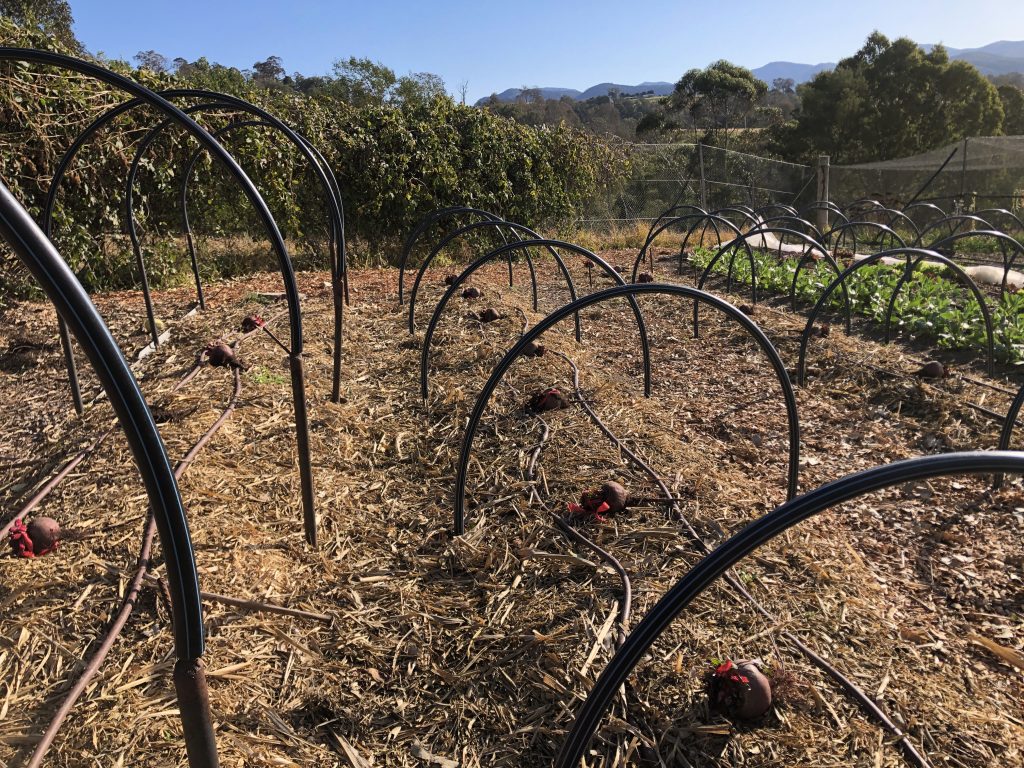
Harvest
Beta vulgaris seed matures at the lower points on the flower stalk first. These lower seeds will also be the largest and best seeds. Stalks should be cut and collected before the bottom most seeds drop into the garden. At this point seeds at the top of the stalk will likely not be fully mature and must be sacrificed.
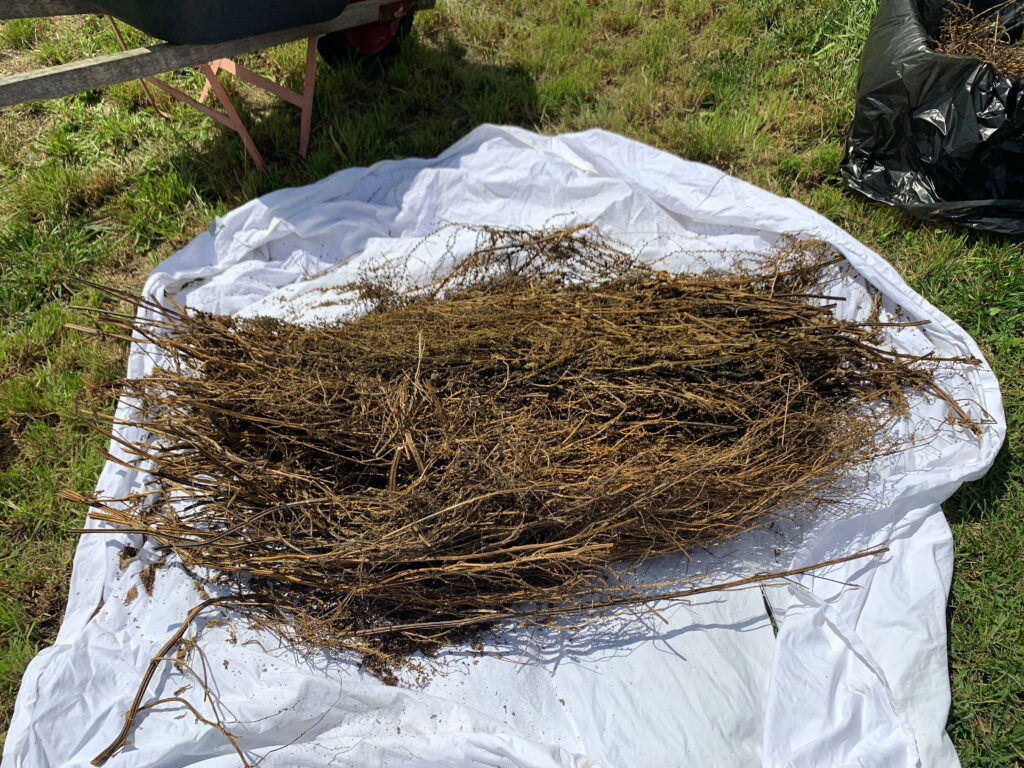
Processing
After harvest the stalks should be left to dry completely before processing. Seed can be rubbed off the stalks with gloved hands or the stalks can be rubbed against a coarse mesh to dislodge the seeds. Using sieves and winnowing will produce cleaned seed ready for planting.
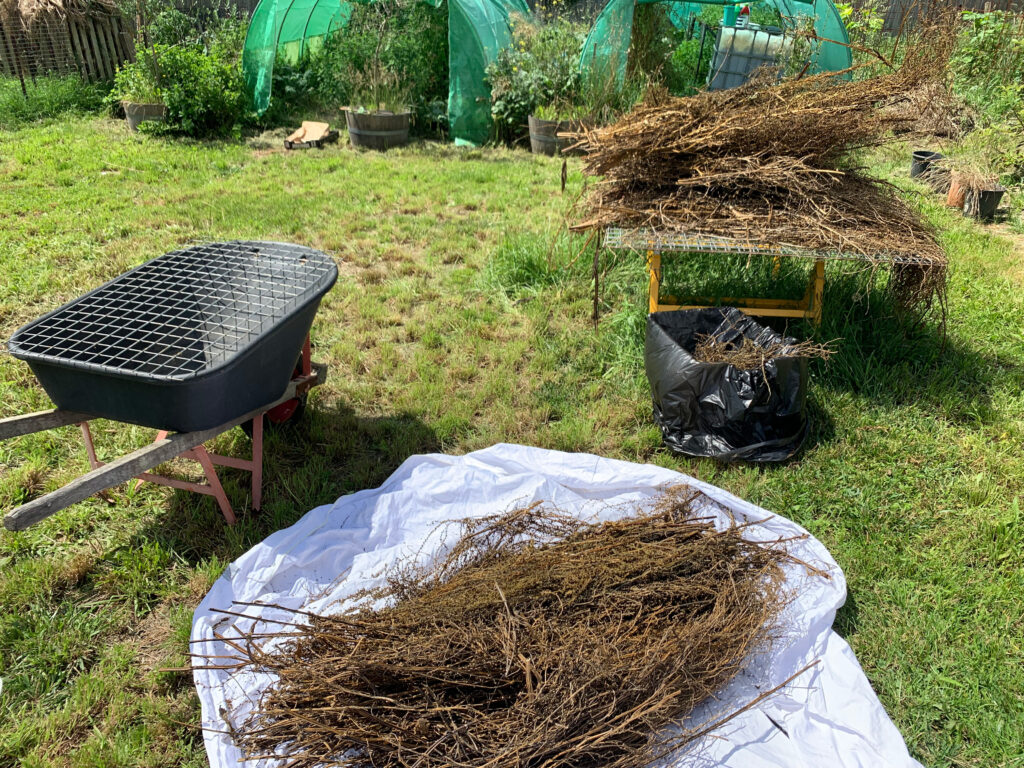
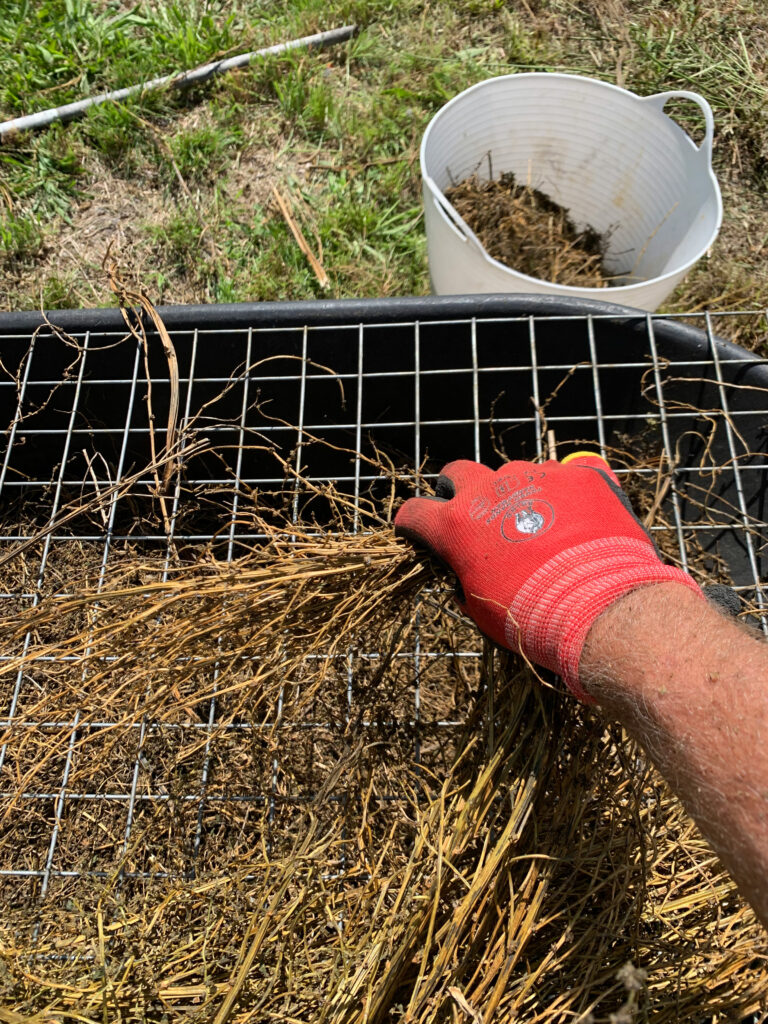
Contributors
Liz Worth, Nellie Pryke
